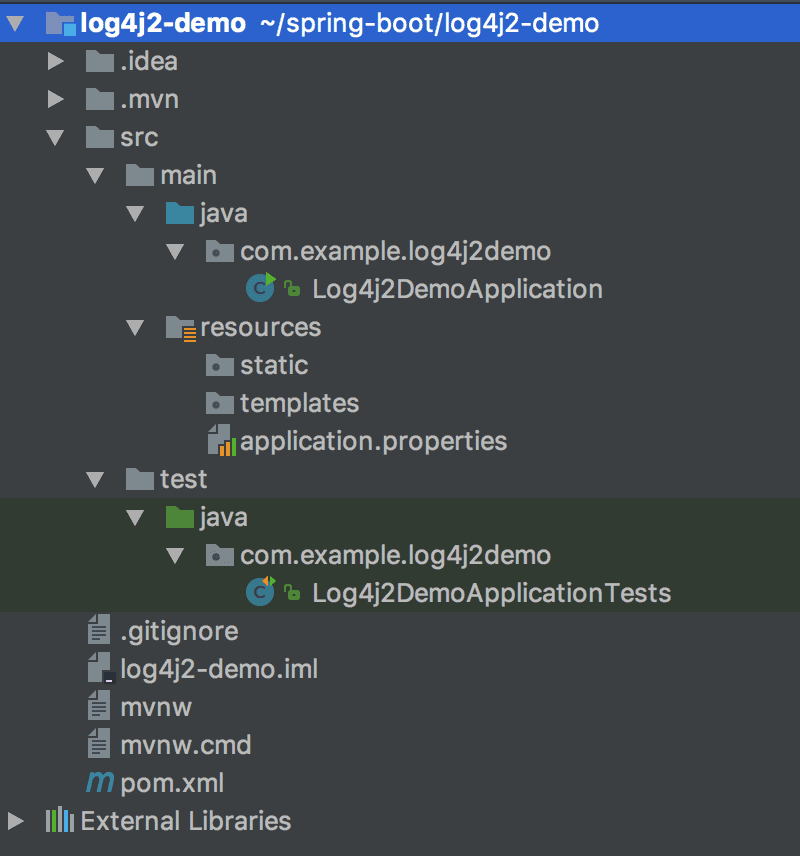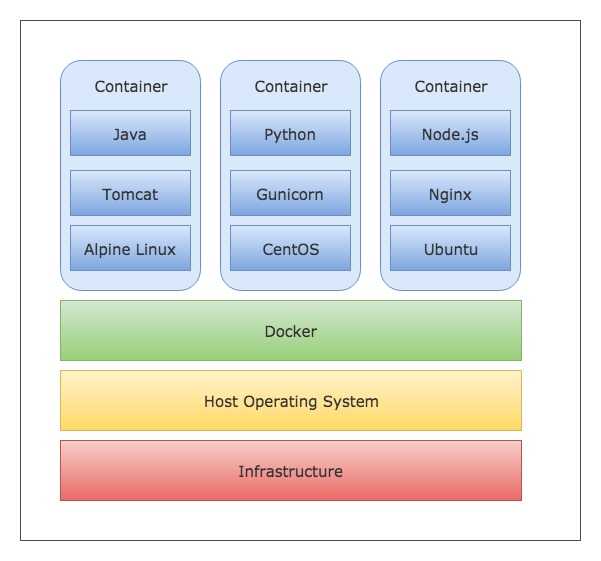

The UI is likely backed by multiple RESTful services, possibly built in Java Spring Boot or Python Flask, and a database or databases, such as MongoDB or MySQL. The frontend UI might be built with Angular, React, or Node. In the context of this post, log aggregation and visualization is defined as the collection, centralized storage, and the ability to simultaneously display application logs from multiple, dissimilar sources. The solution is log aggregation and visualization. Given the average complexity of today’s modern, distributed, containerized application platforms, accessing individual logs is simply unrealistic and ineffective. Hopefully, you are still not in this situation. What was often a simple problem to diagnose and fix, became an unnecessarily time-consuming ordeal. Since most enterprise applications are composed of individual components running on multiple application and web servers, it was necessary to request multiple logs. Requesting and obtaining access to logs typically took hours or days, or simply never got approved. Many organizations I’ve worked with have created elaborate systems for requesting, granting, and revoking access to application logs. docker/logstash/pipeline/logstash.As a Developer and DevOps Engineer, it wasn’t that long ago, I spent a lot of time requesting logs from Operations teams for applications running in Production.

Logstash needs to have a pipeline configured for ingesting logs and sending them to Elasticsearch. Configure Logstash to send logs to Elasticsearch

You could run the services now but Logstash would complain about the lack of a pipeline, so let’s hold on for now. # Note that there is currently no known way to change the default Elasticsearch username! docker/.envĬOMPOSE_PROJECT_NAME=spring_boot_kibana_demo env file, which defines the variables used above: #. docker folder (you will have to create it). XPACK_MONITORING_UI_CONTAINER_ELASTICSEARCH_ENABLED: "true"

# (setting this to false will result in CPU stats not being correct in the Monitoring UI): # Because Elasticsearch is running in a containerized environment logstash/pipeline:/usr/share/logstash/pipeline:roĮLASTICSEARCH_PASSWORD: $ELASTIC_PASSWORD XPACK_MONITORING_ELASTICSEARCH_HOSTS: "elasticsearch:9200" XPACK_MONITORING_ELASTICSEARCH_PASSWORD: $ELASTIC_PASSWORD XPACK_MONITORING_ELASTICSEARCH_USERNAME: $ELASTIC_USER # X-Pack security needs to be enabled for Elasticsearch to actually authenticate requests # Use single node discovery in order to disable production mode and avoid bootstrap checks # Note: currently there doesn't seem to be a way to change the default user for Elasticsearch elasticsearch:/usr/share/elasticsearch/data The easiest way to do it is to create a docker-compose.yml file like this: #.
#Spring boot docker syslog install#
The first step is to install Elasticsearch, Logstash and Kibana. The following commit provides the blank slate we need: To follow along with this article, I encourage you to use the example project. What’s more, integrating that functionality into your application can be done within minutes. With the Elastic Stack you can consolidate several application’s logs in one place, be able to easily search and filter them, create data visualizations out of them and more. Proper monitoring is vital to an application’s success.


 0 kommentar(er)
0 kommentar(er)
